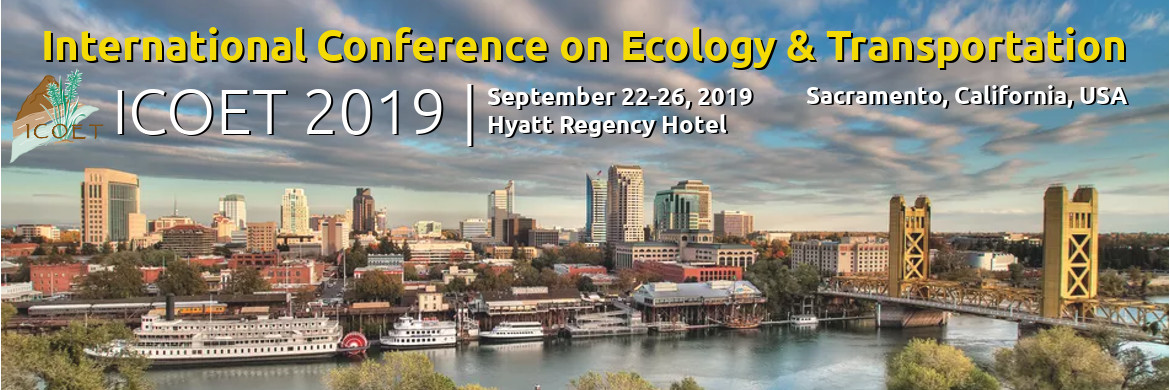Roads have long been known to influence wildlife movements and survival. They can have detrimental effects on populations and in time, biodiversity. To facilitate movement and prevent vehicle-caused mortalities, mitigation structures, such as fencing and wildlife crossing structures (WCS), including underpasses, have been developed. Structural characteristics and environmental variables are important factors to include when comparing crossing structure effectiveness. Along State Highway 100 in Cameron County, Texas, 11.9 km of exclusionary fencing and five WCS have been constructed or modified to mitigate wildlife road mortalities. To understand the effectiveness of these WCS, camera trap arrays were placed at the openings to monitor wildlife use. Preliminary analyses with PERMANOVA have shown that communities using the WCS are distinct between each location. We examined differences in species use of WCS in relation to openness ratio, presence of water, precipitation, and distance to nearest native vegetative cover. This research will aid in informing optimal placement and design of future mitigation structures.
Terrestrial Wildlife and Ecosystem Interactions with Transportation
wildlife crossing structure
road mitigation
South Texas
